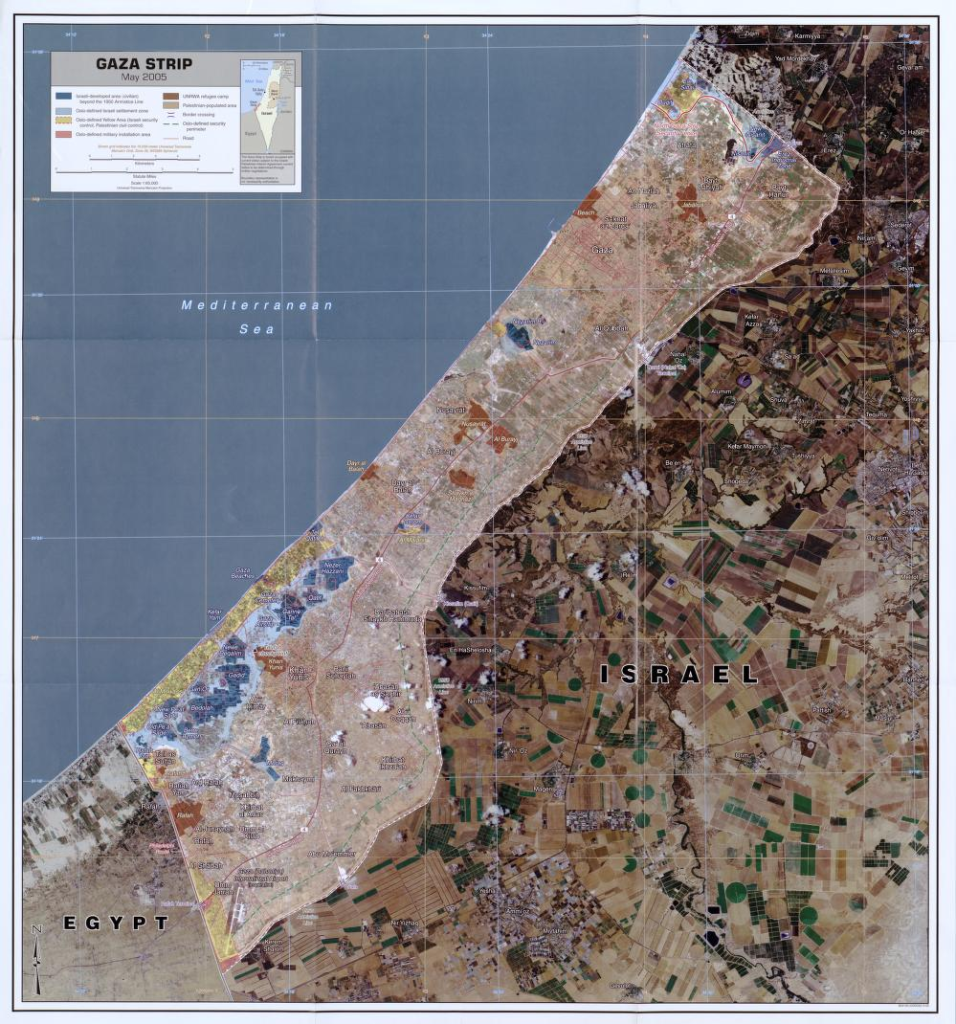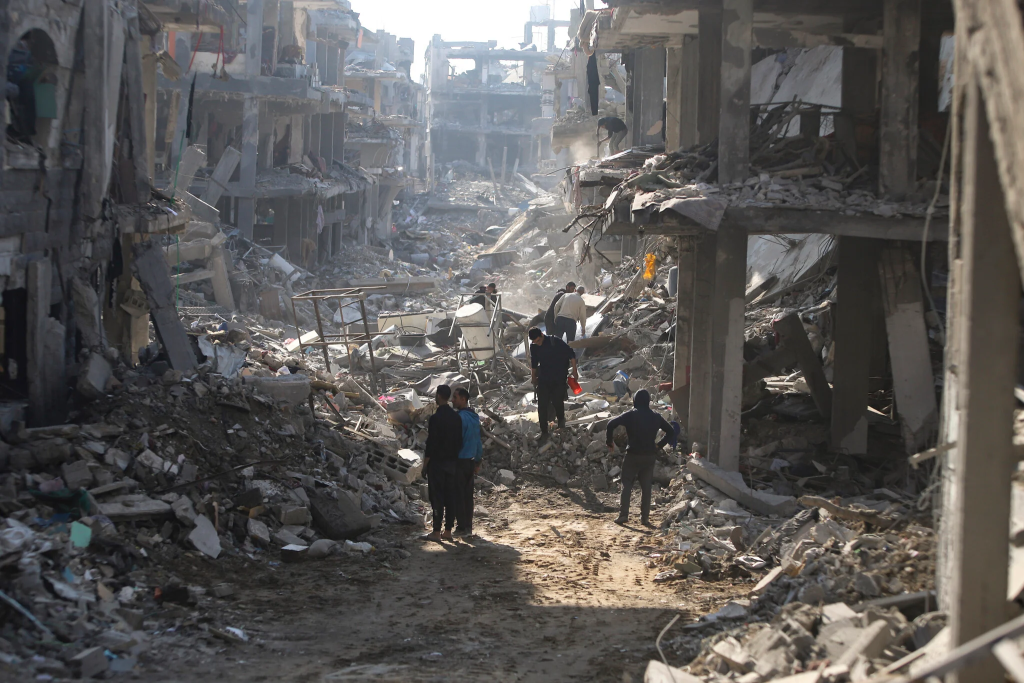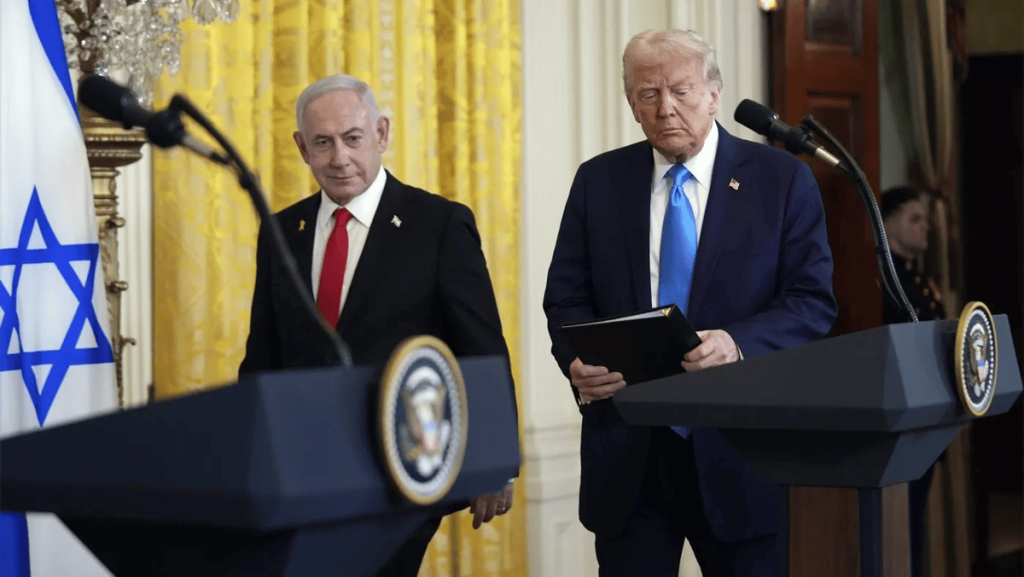President Donald Trump announced that the United States will “take over the Gaza Strip,” promising to level the area and rebuild it into a thriving economic hub. During a joint press conference with Israeli Prime Minister Benjamin Netanyahu at the White House, Trump laid out his vision for long-term U.S. ownership of Gaza—a proposal that has reignited debates on Middle East policy.
What Is the Gaza Strip?
The Gaza Strip is a narrow piece of land along the eastern Mediterranean coast, bordered by Israel and Egypt. Known for its long history of conflict, the Gaza Strip has been a focal point in the Arab-Israeli struggle for decades. Today, it remains one of the most densely populated and politically volatile regions in the world. Understanding what is the Gaza Strip is crucial, as it has been at the center of geopolitical tensions for over 70 years.
Who Owns the Gaza Strip?
Control over the Gaza Strip has shifted several times. Originally administered by Egypt after the 1948 Arab-Israeli war, it was later occupied by Israel following the 1967 Six-Day War. In 2005, Israel unilaterally disengaged from the territory, leaving the Palestinian militant group Hamas in control. The question of who owns the Gaza Strip is complex, involving legal, historical, and political claims by both Israelis and Palestinians, with no single nation holding undisputed sovereignty.
How Big Is the Gaza Strip and Where Is It Located?

Covering approximately 365 square kilometers (141 square miles), the Gaza Strip is one of the smallest territories in the world. Despite its small size, the region is home to nearly two million Palestinians, making it one of the most densely populated areas globally.
Trump’s Proposal: U.S. Takeover and Rebuilding
During the press conference, President Trump made a bold statement: “The U.S. will take over the Gaza Strip, and we will do a job with it, too.” His proposal includes a complete overhaul of the area—dismantling unexploded munitions, leveling destroyed buildings, and initiating extensive economic development. Trump envisions transforming Gaza into what he describes as “the Riviera of the Middle East”—an area that could generate thousands of jobs and provide much-needed housing.
Trump argued that U.S. control would allow for the dismantling of dangerous explosives and the rebuilding of essential infrastructure, thereby stabilizing the region. According to him, this approach would not only address the current devastation but also prevent Gaza from becoming a perpetual symbol of death and destruction.
Reactions from Regional Leaders and Hamas
The proposal has sparked intense reactions across the region. Prime Minister Netanyahu, who joined Trump at the press conference, expressed cautious optimism about the plan, emphasizing that bold thinking might bring long-term stability to the Middle East. Netanyahu stressed that the goal is to ensure that Gaza never again poses a threat to Israel.
In contrast, Hamas, which has governed the Gaza Strip for nearly two decades, vehemently rejected the proposal. Senior Hamas officials condemned the plan as “a recipe for creating chaos and tension in the region” and reiterated that the people of Gaza would not allow such measures to take hold. Furthermore, Arab nations like Egypt, Jordan, and Saudi Arabia have expressed deep concerns over any proposal that might force the displacement of Palestinians from their homes.
Legality and Humanitarian Complications
Trump’s proposal raises several legal and humanitarian issues. Under international law, forcibly displacing a population is prohibited by agreements such as the Geneva Conventions. Critics argue that any plan to resettle the two million Palestinians in Gaza would not only violate international law but also risk further destabilizing an already volatile region.

Despite these concerns, Trump maintained that his plan would offer Palestinians a “good, fresh, beautiful piece of land” where they could rebuild their lives, away from the ruins of Gaza. He insisted that the current state of the Gaza Strip—a “demolition site” filled with rubble—leaves no viable alternative for its residents.
President Donald Trump’s provocative proposal to take over and rebuild the Gaza Strip has sparked a firestorm of debate. By questioning what is the Gaza Strip, who owns the Gaza Strip, where is the Gaza Strip, and how big is the Gaza Strip, this proposal touches on longstanding issues in Middle Eastern geopolitics. While Trump envisions a future of economic development and stability under U.S. stewardship, critics and regional leaders warn of the legal, humanitarian, and geopolitical risks involved. As this proposal continues to stir controversy, its potential impact on the region remains one of the most contentious issues in international politics today.


